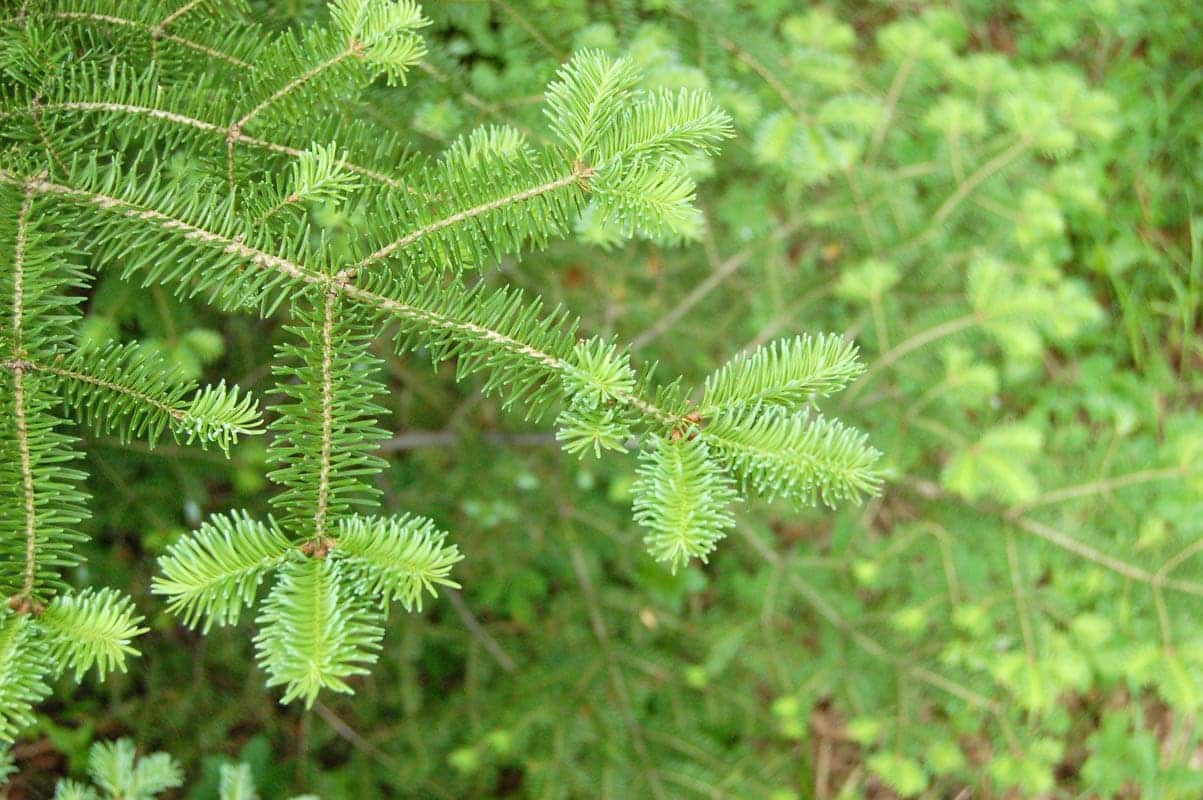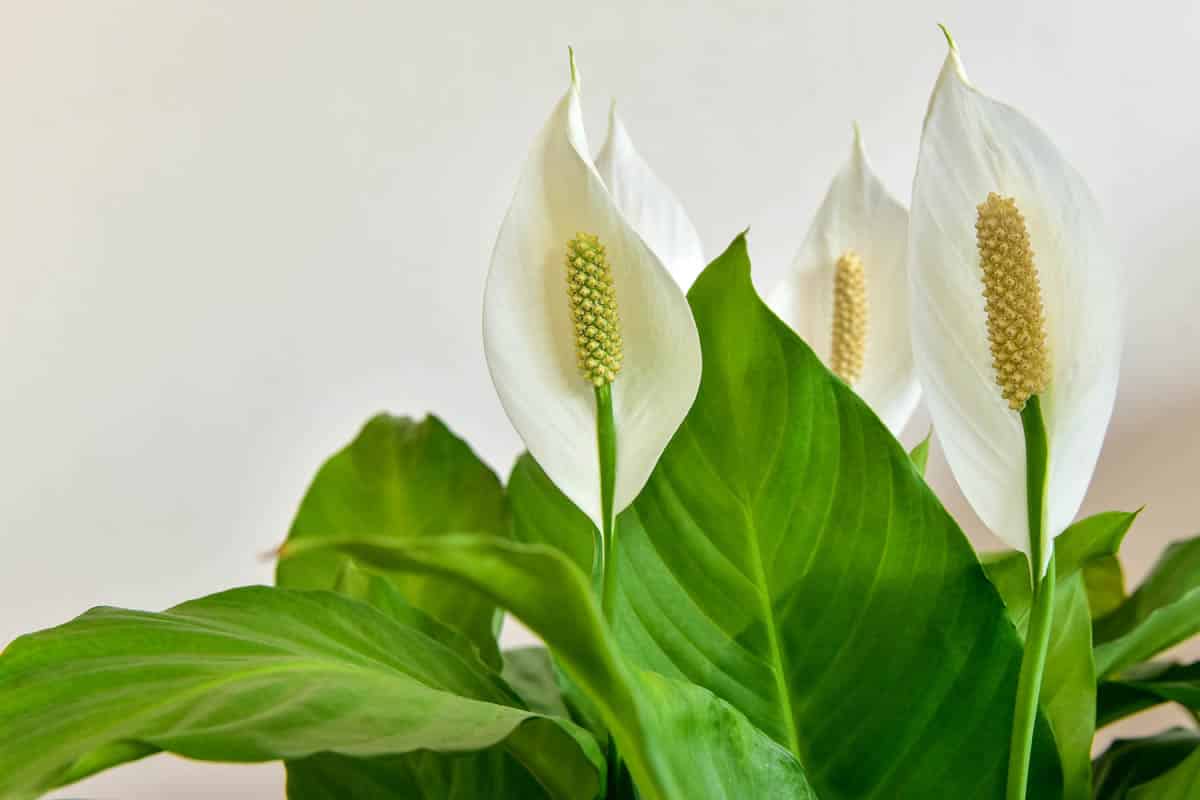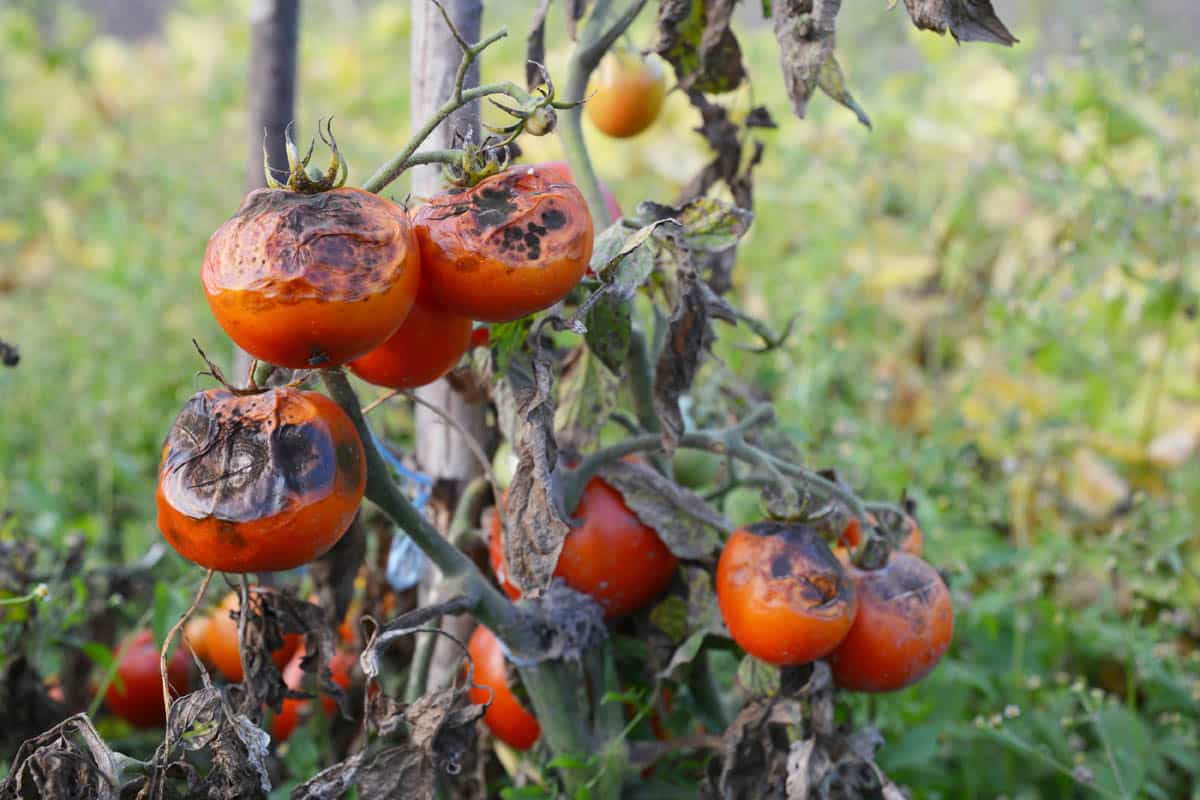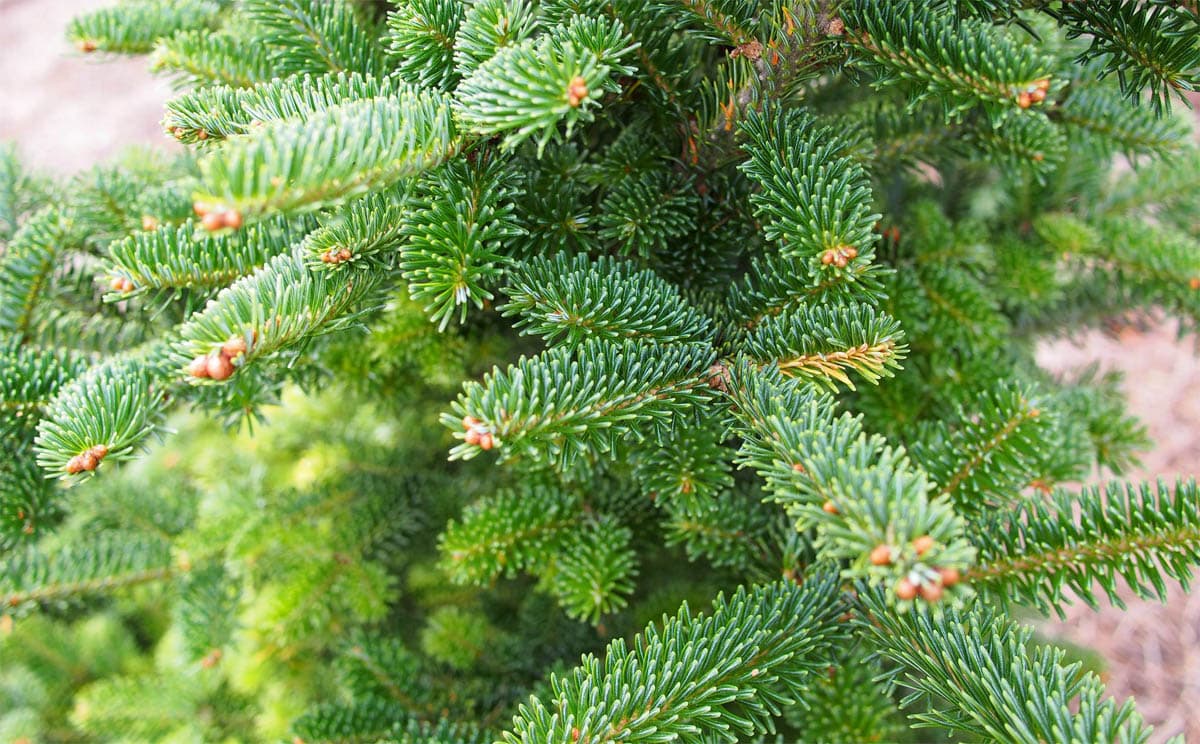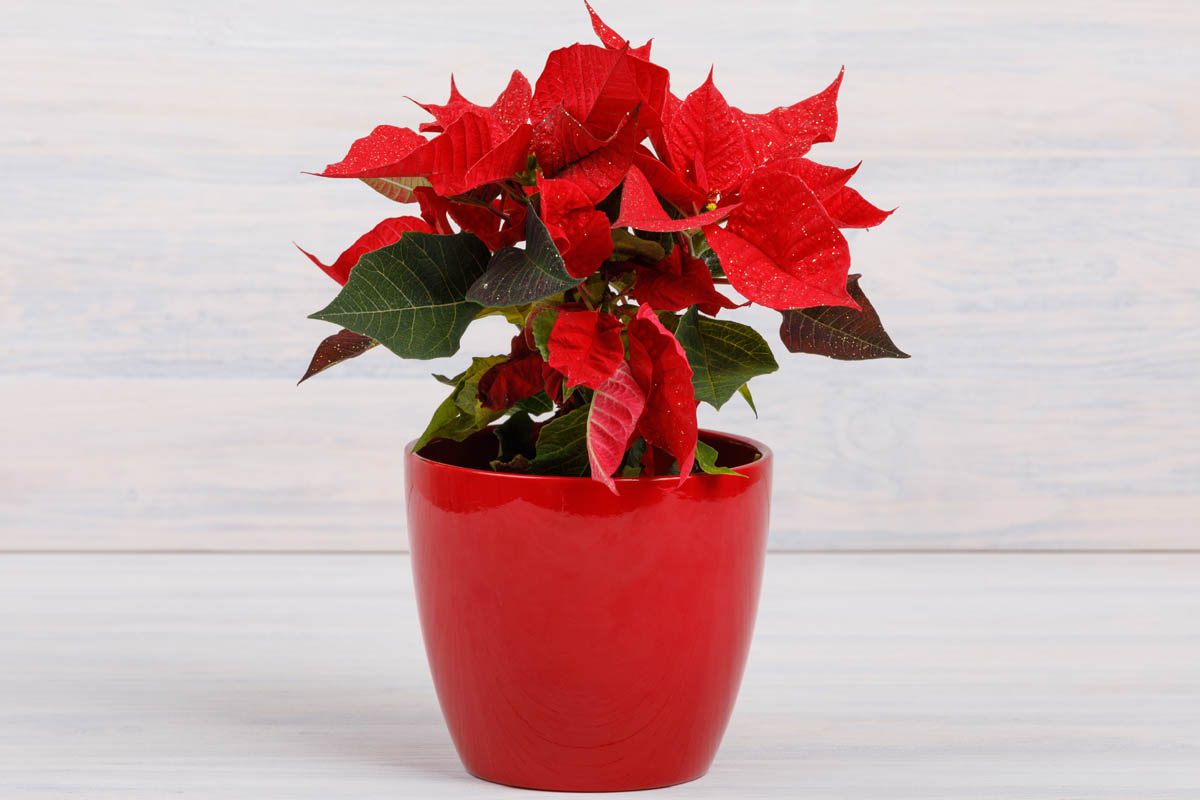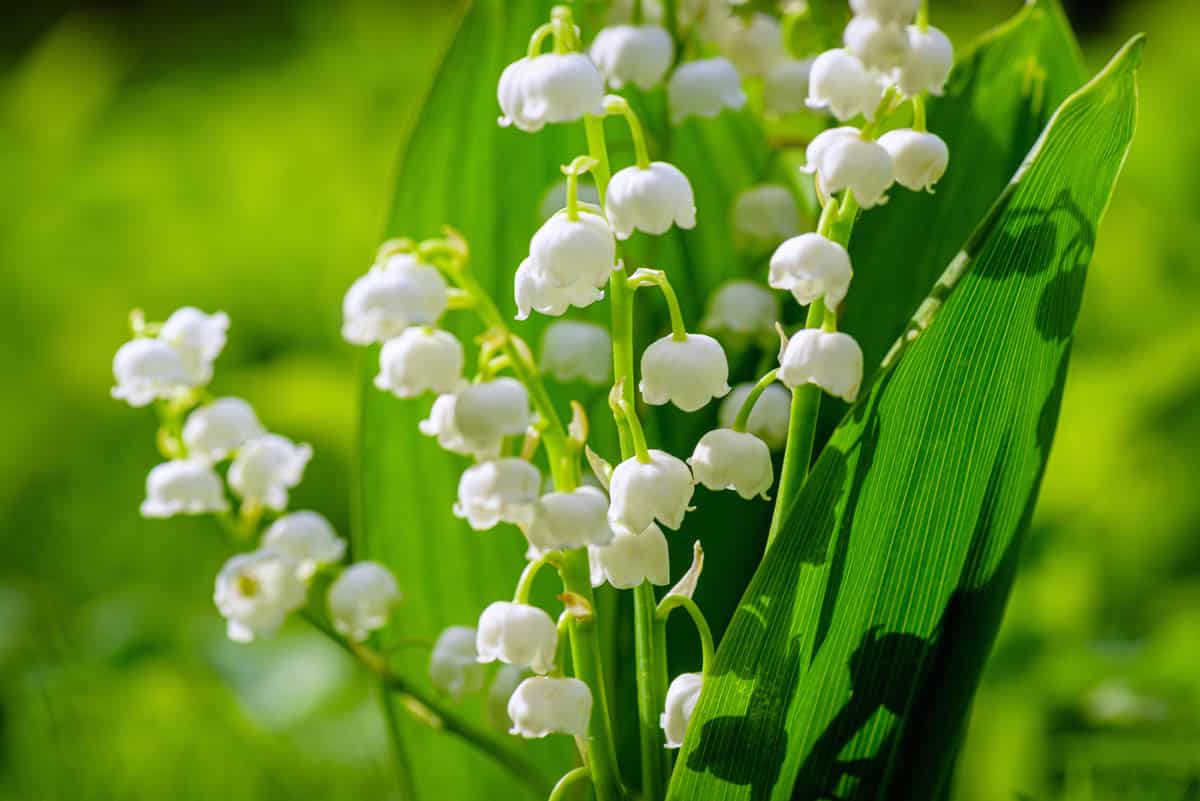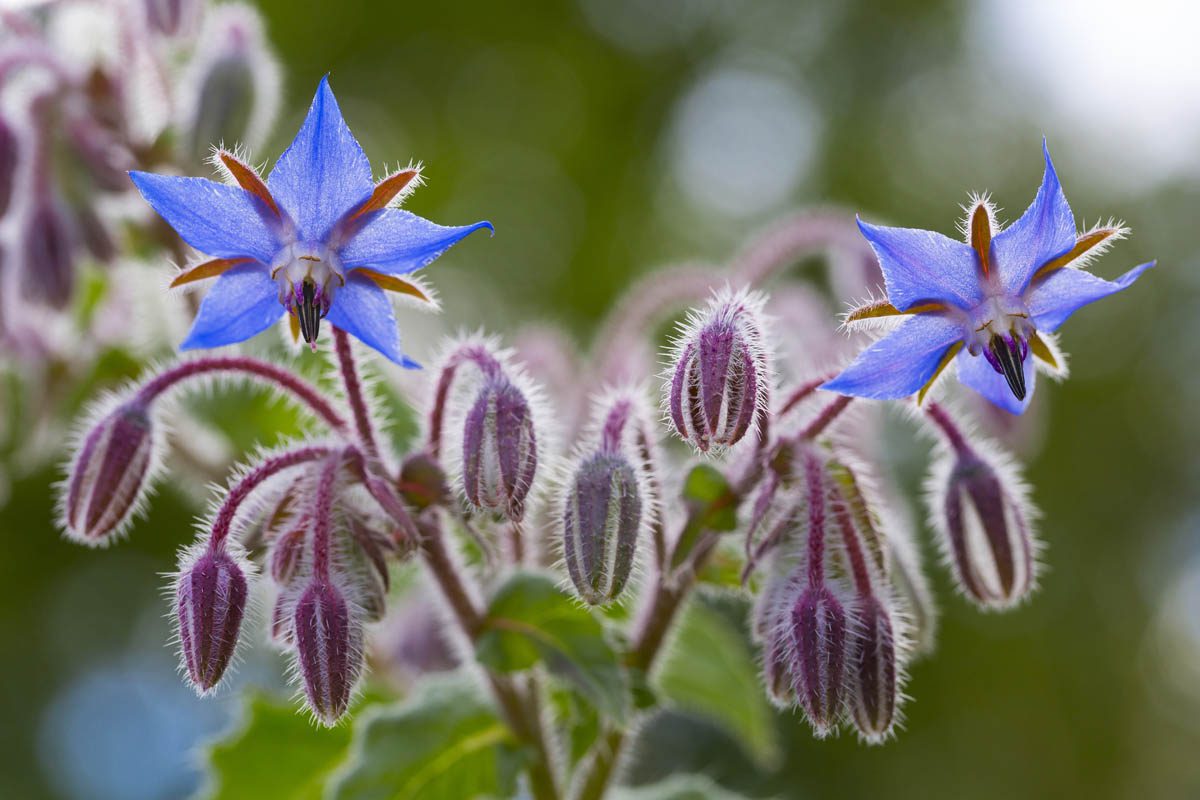Is balsam fir toxic to dogs? What is balsam fir? What should I do if my dog chews balsam fir? Safety Toxicity of common Christmas plants
Is balsam fir toxic to dogs?
Balsam fir is non-toxic to dogs, however, ingestion of needles can cause gastrointestinal upset and mild dermatitis if it comes into contact with the skin.
Julia is a writer and landscape consultant from Wollongong with a love of horticulture. She had been an avid gardener for over 30 years, collects rare variegated plants and is a home orchardist. Julia is passionate about learning and sharing her knowledge of plant propagation and plant toxicology. Whether it’s giving advice on landscape projects or sharing tips on growing, Julia enjoys helping people make their gardens flourish.
